We may earn money or products from the companies mentioned in this post. This means if you click on the link and purchase the item, I will receive a small commission at no extra cost to you ... you're just helping re-supply our family's travel fund.
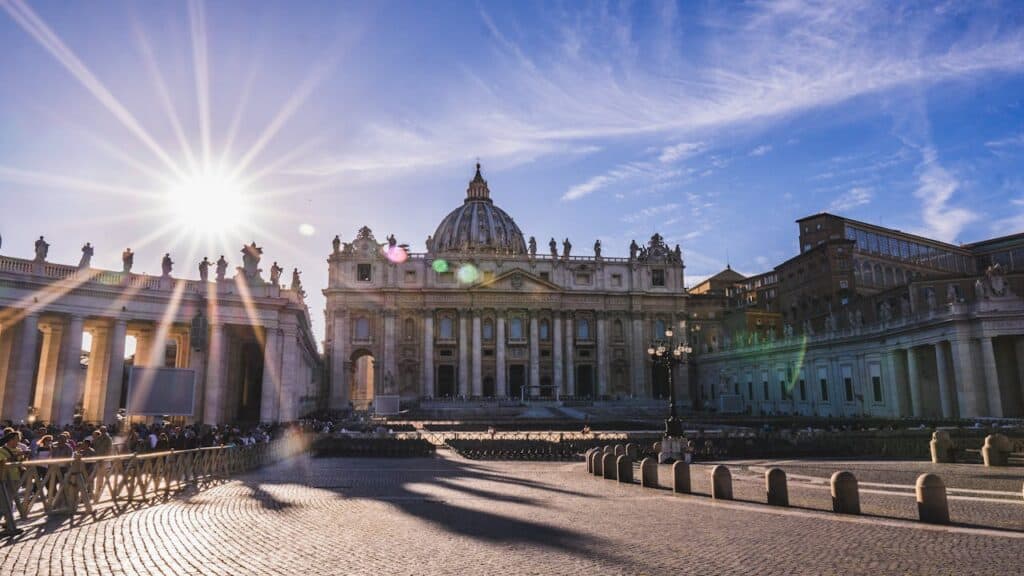
Vatican City rewards an early start and a clear plan. Masterpieces sit a few steps apart, yet lines grow fast and rooms fill quickly. A smart route moves from quiet galleries to choir loft light, then down to marble floors worn by centuries of prayer. This one day plan favors timed entries, short breaks, and well placed viewpoints, so art lands without rush and logistics fade into the background. The result feels balanced, unhurried, and rich enough to remember.
Start At Dawn With Timed Museum Entry
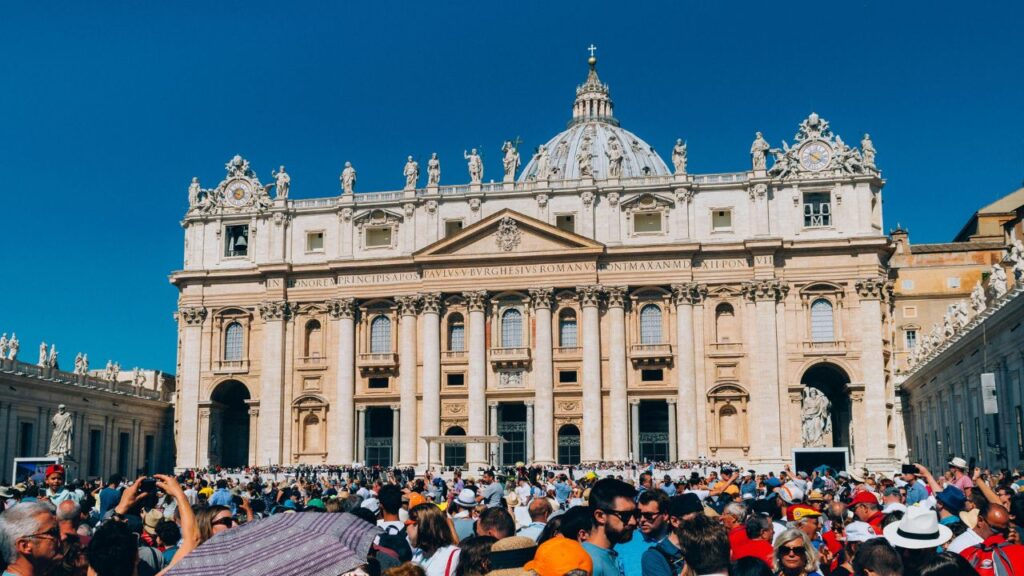
Early entry trims crowds and gives the Pinecone Courtyard and Gallery of Maps room to breathe. A 8 a.m. slot lets travelers glide through sculpture halls while guides warm up groups behind them. Audio guides help set a pace that pauses for must see rooms without stalling for everything. Breakfast near the entrance keeps energy steady, and lockers handle backpacks so hands stay free. By midmorning, attention is still sharp when the highlights arrive.
Prioritize A Highlights Route
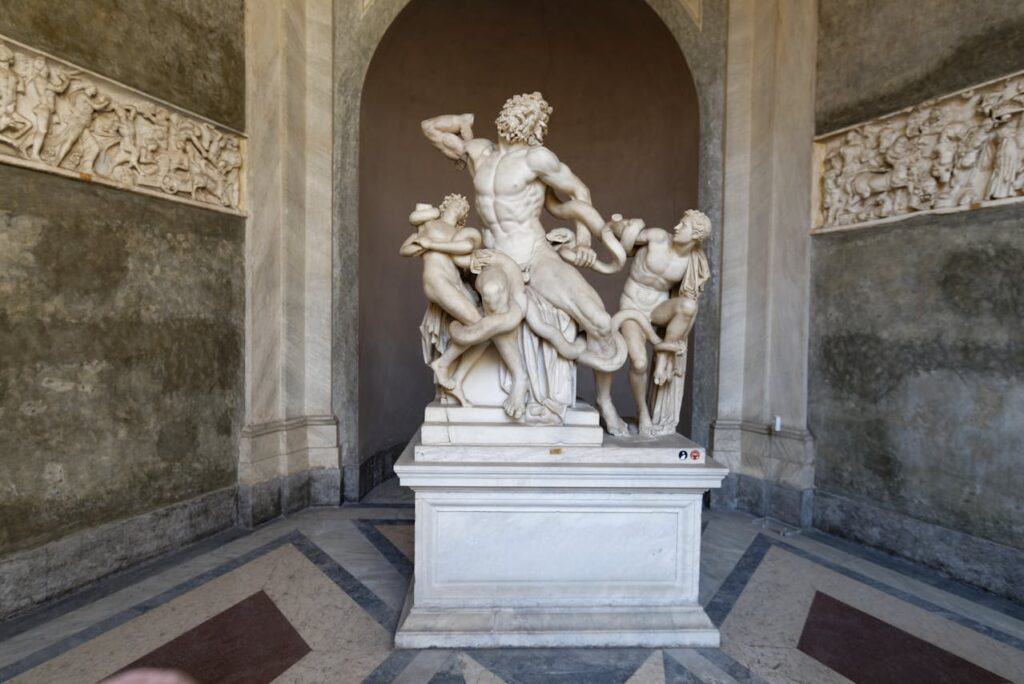
A curated loop saves steps and keeps focus. Raphael Rooms, the Laocoön, and the Tapestries corridor belong on the first pass, with short stops for Belvedere views. Photos work best before the wave from later slots, so lenses stay capped until the right windows open. A few notes on context beat long lectures; labels cover dates while the route protects time. Finishing this arc in under two hours leaves space for the chapel and the basilica.
Read The Raphael Rooms With Fresh Eyes
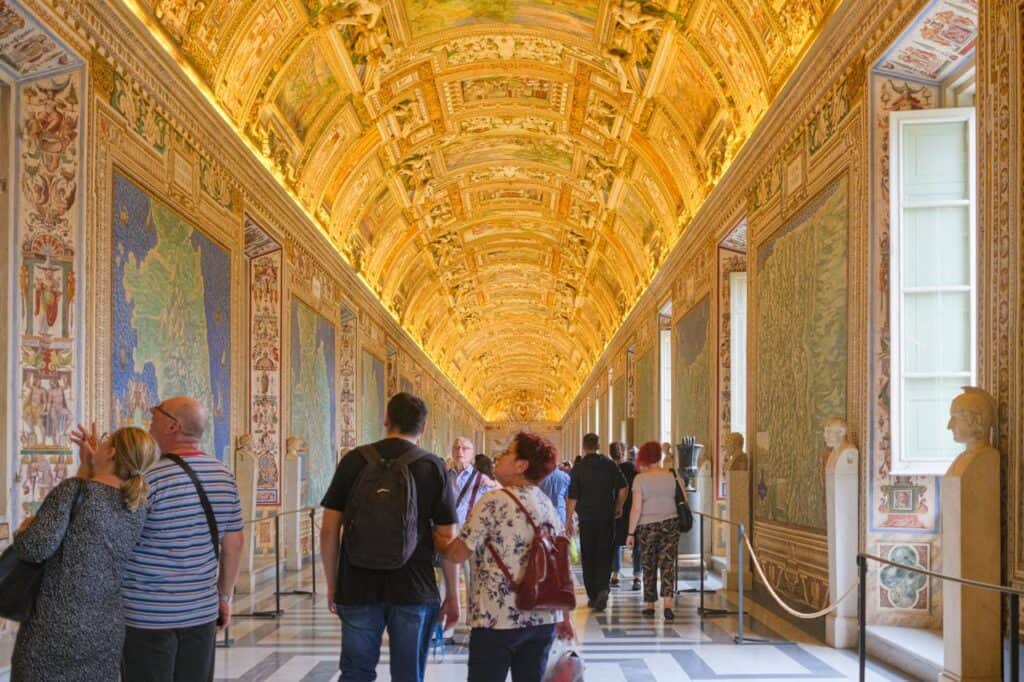
Raphael’s frescoes reward slow scanning from narrative center to architectural trickery at the edges. The School of Athens lands hardest from mid room, where figures balance like a conversation in stone and light. Guides often crowd the corners, so stepping back to the doorway restores the geometry. Small details become anchors, like hand gestures and chalk dust on sandals. Leaving before the room jams preserves the calm needed for the chapel next door.
Enter The Sistine Chapel With Respect
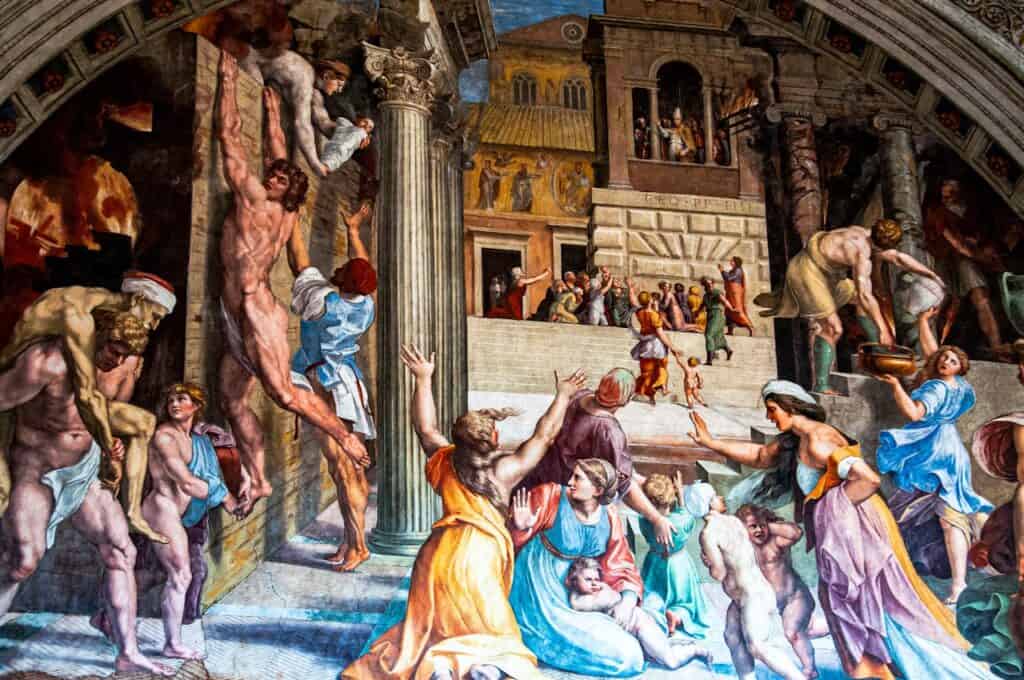
Silence, covered shoulders and knees, and no photography keep the space focused. Eyes acclimate after a minute; then lines sharpen and the ceiling reads like a sequence rather than a collage. The Creation panel holds attention first, but the Prophets and Sibyls along the curves deepen the rhythm. Standing near the center helps balance neck strain and sightlines. Ten unhurried minutes here can reset the whole day, provided the entry happened early.
Transfer Smoothly Toward St. Peter’s
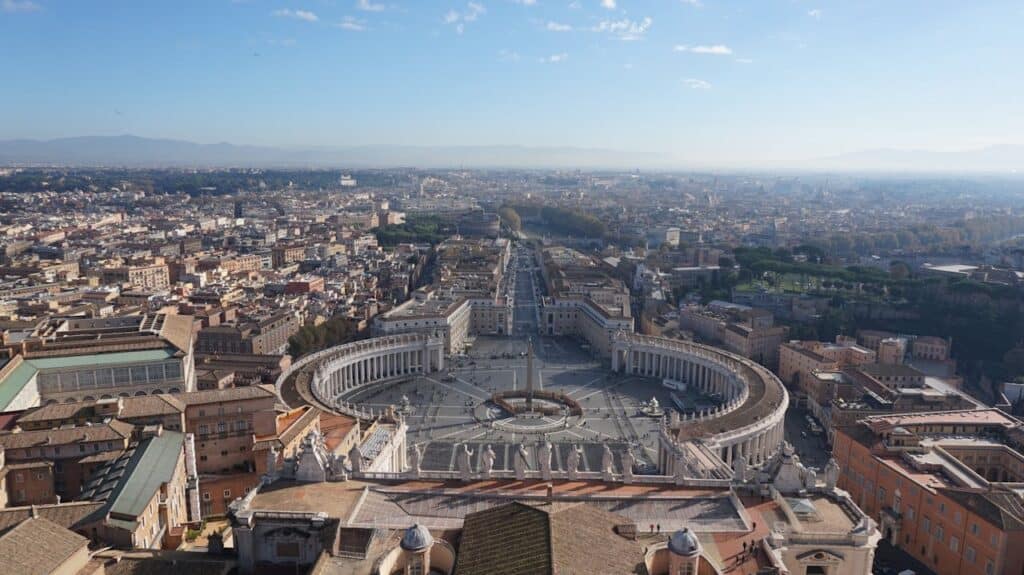
When staff open the chapel’s group exit, tours flow directly toward St. Peter’s. If not, the standard path loops outside along the walls to the square. Either way, a short break helps the basilica land with full attention. A quick espresso in Borgo Pio or a cool pause by the colonnade resets pace and mood. Security checks are predictable midmorning; modest dress avoids delays. By arrival, light angles well across the nave.
Read St. Peter’s Like A Story
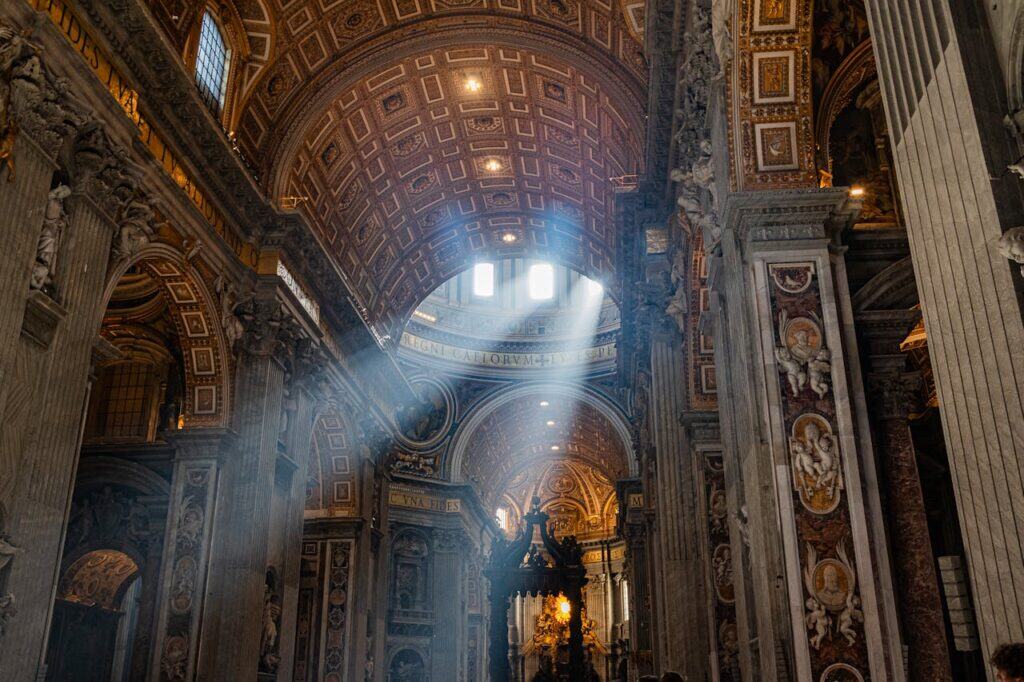
The basilica rewards a front to back glide: Pietà side chapel, bronze baldachin, and the light pool beneath the dome. Side aisles offer quiet niches for short pauses, and floors record pilgrim routes in worn veining. Audio notes explain why dimensions feel humane despite scale. Midday choirs sometimes rehearse, lending soft sound to the marble. A slow circle behind the baldachin completes the arc and sets up the climb above.
Climb The Dome For Scale And Light
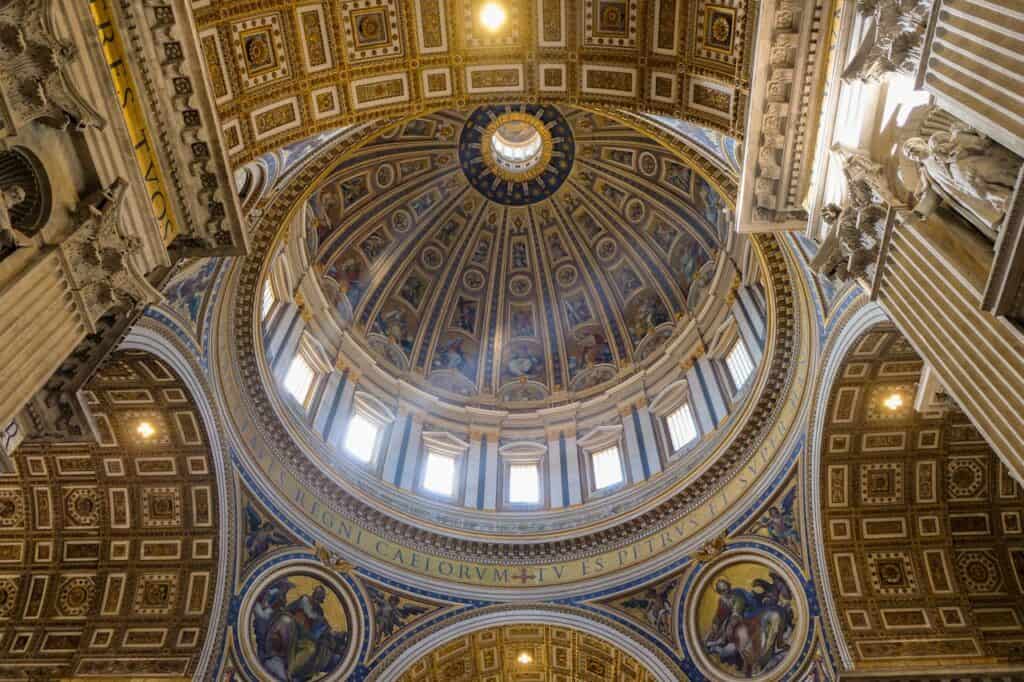
The dome climb gives two rewards: an interior gallery that floats above the nave, and a rooftop city view that frames the square like a compass rose. Stairs feel tight but short; the elevator option shortens the first leg when available. Midday light keeps shadows clean on rooftops and statues, while afternoon color warms the tiles. A few photos, a deep breath, and a quiet look toward the Tiber deliver the day’s best reset.
Visit The Grottoes For History Below
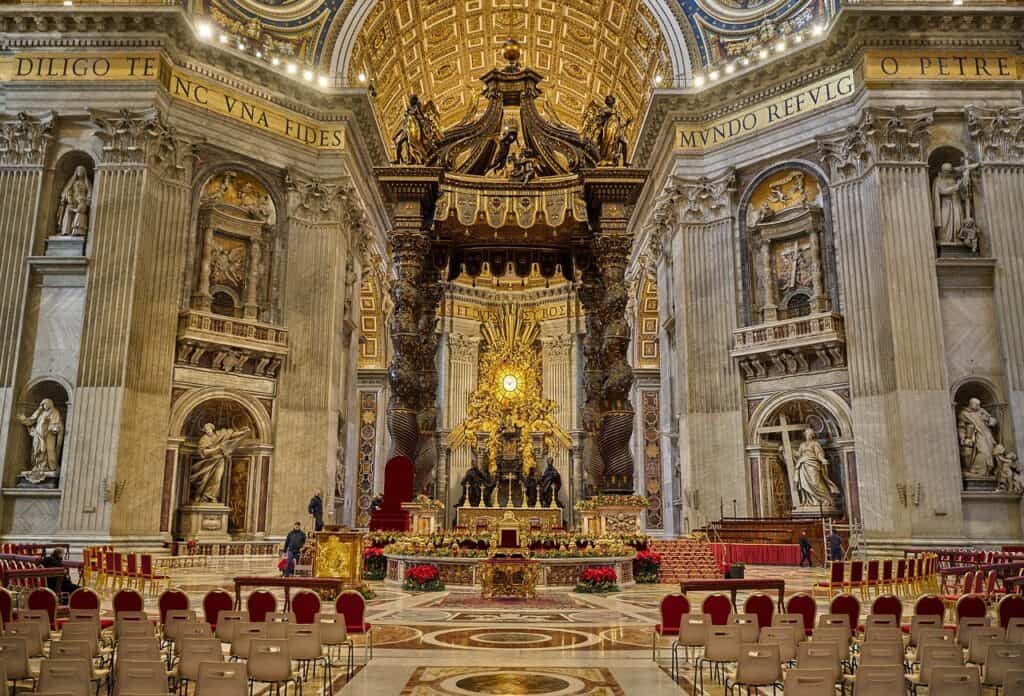
Beneath the basilica, papal tombs and early foundations turn art into lineage. The space stays cooler and quieter, which helps after the climb. Short plaques keep facts tidy; guides add texture without overtalking in this low ceilinged space. Moving gently shows respect for worshippers who stop to pray. The exit returns near the nave, making a final glance upward feel earned. It is a compact lesson in time, memory, and marble.
Time The Square For Shade And Perspective
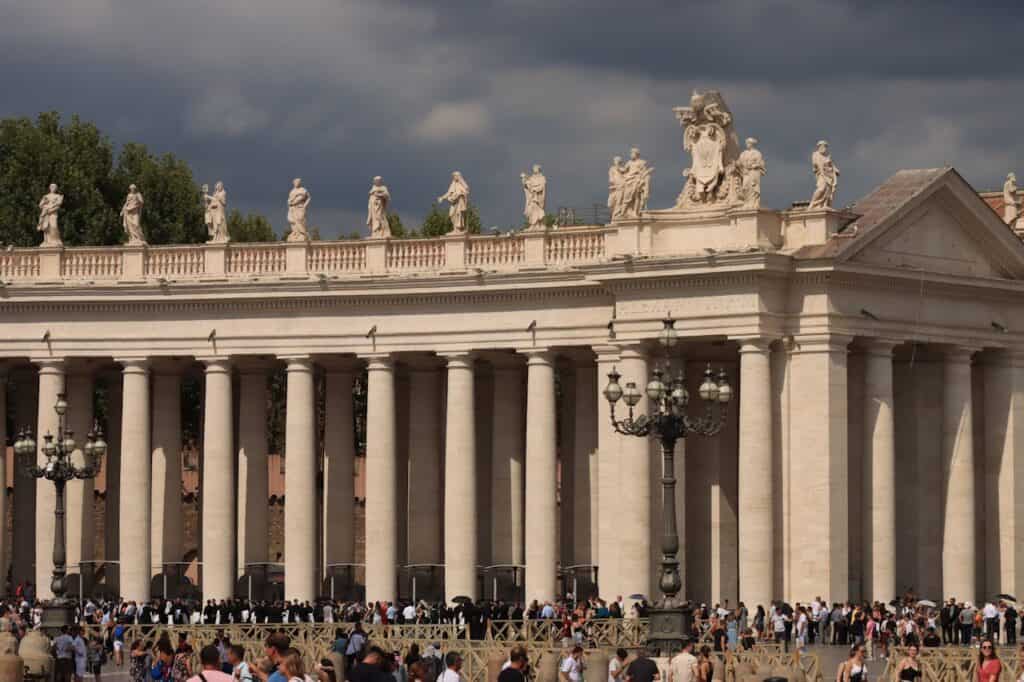
Bernini’s colonnades cast generous shade by midafternoon, and fountains cool the air enough for a slow sit. From the obelisk, the dome aligns perfectly, and crowds thin along the outer rings for clean photos. A lap along the colonnade reveals perspective tricks that hide and reveal rows of columns. Vendors nearby keep water cold and simple snacks handy. The square works as both a waypoint and a finale, depending on flight or dinner plans.
Mind The Calendar For Audiences And Closures
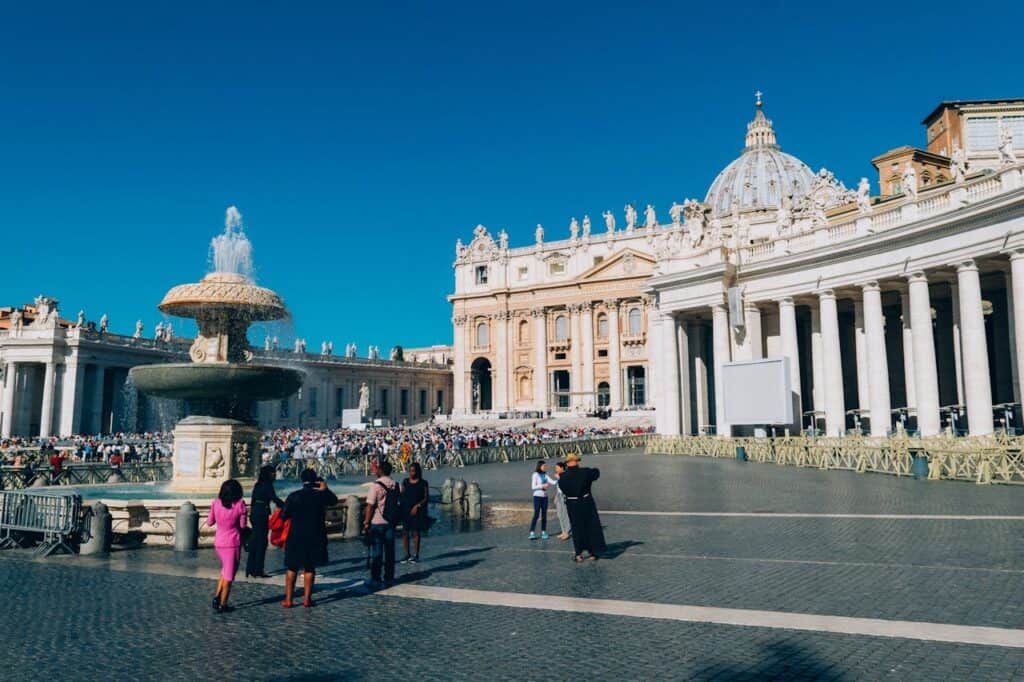
Wednesdays often bring a Papal Audience in the morning, shifting access and crowd patterns. Sundays can limit museum entry, while major holy days change schedules. Checking the official calendar the night before protects the sequence, and small swaps keep the day intact. When a service fills the basilica, the square becomes the main stage, which can be just as memorable. Flexibility matters more than a rigid order, and it preserves the calm tone.
Dress Code, Cash, And Small Courtesies
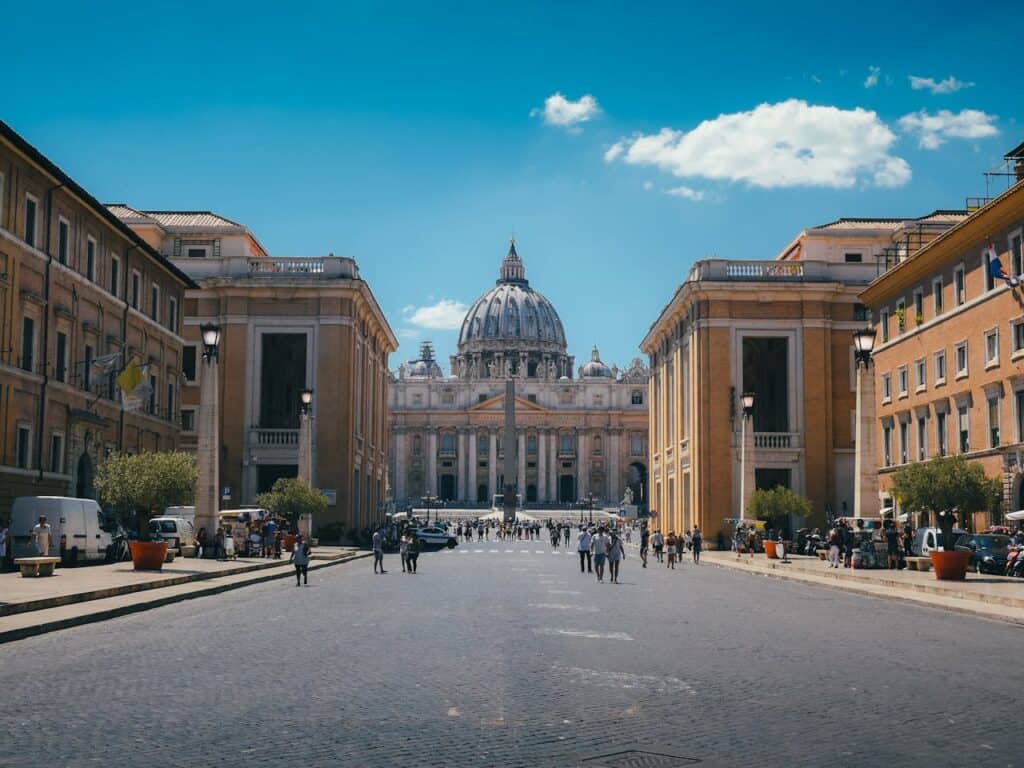
Covered shoulders, covered knees, and quiet behavior make entry smooth and respectful. Small euro coins help with lockers, restrooms, and a stamp or two from the Vatican post office. Cards work widely, yet a few bills speed small purchases. Reusable water bottles refill at city fountains outside the walls. Thanking staff and moving with awareness through doorways keeps traffic humane. A kind pace helps everyone and seems to stretch the day.